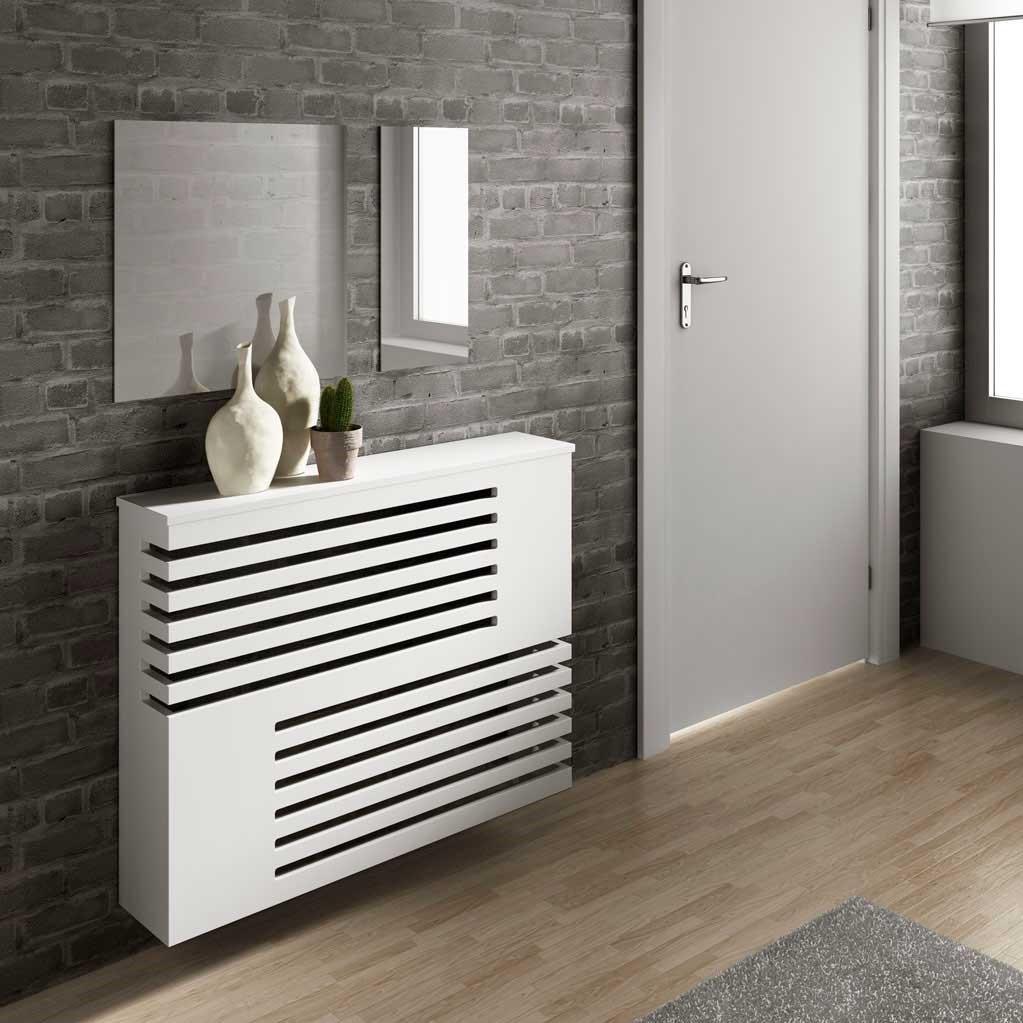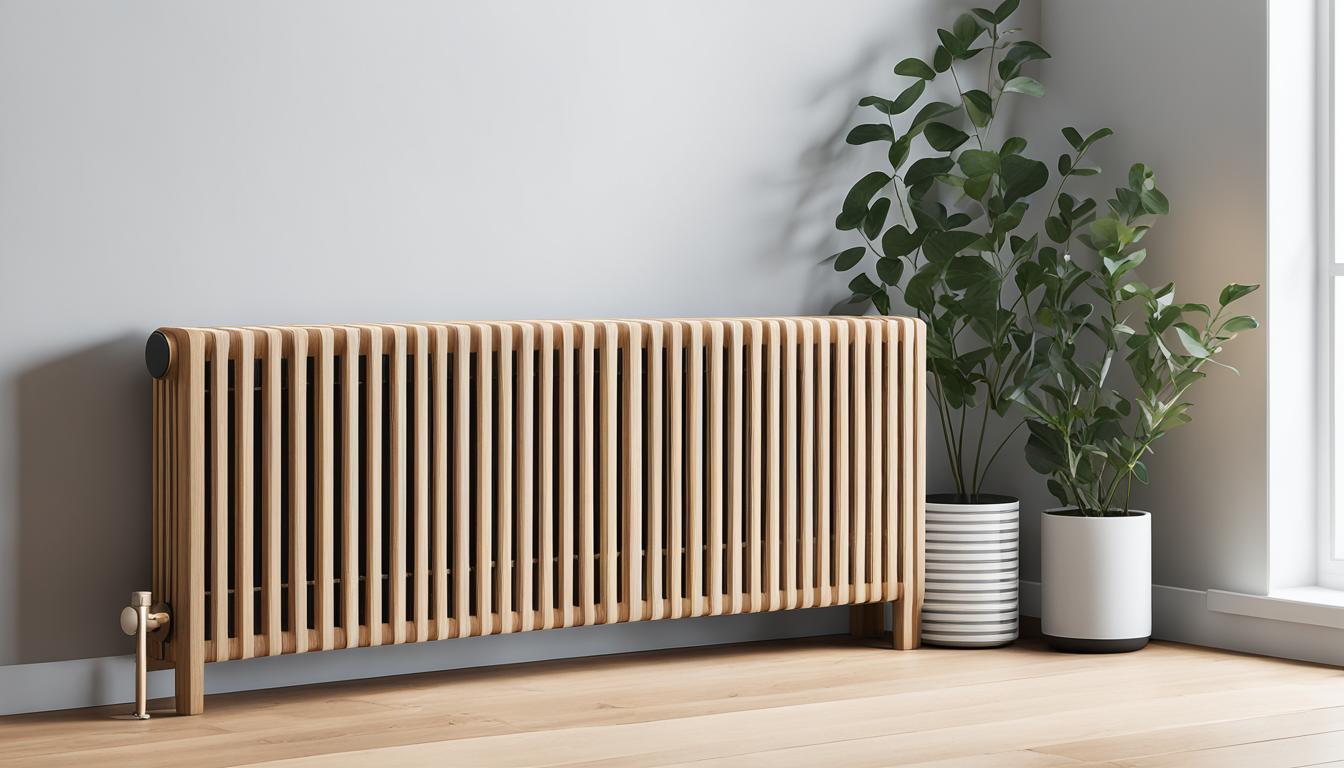Why Every Home Demands a Radiator Cover for Improved Safety and Design
Why Every Home Demands a Radiator Cover for Improved Safety and Design
Blog Article
Radiator Covers: Understanding Materials, Designs, and Benefits
Radiator covers offer both visual and practical functions within a home, using a variety of materials such as steel, hardwood, and mdf to fit various design preferences. As designs evolveâEUR" from typical to contemporaryâEUR" these covers not just improve the visual allure of a room however also add to safety and security and power effectiveness. Picking the appropriate radiator cover includes comprehending the nuances of products, styles, and their associated advantages. This exploration elevates essential inquiries regarding how these elements incorporate into your living setting and what factors to consider must assist your selection procedure.
Kinds of Products


Wooden covers, often crafted from woods such as oak or maple, offer a timeless, warm look that matches traditional insides. Their resilience and capability to be stained or painted add to their flexibility. Steel covers, generally made from steel or light weight aluminum, are preferred for their robustness and contemporary appearance, frequently including streamlined lines that enhance contemporary rooms.
MDF, a manufactured wood item, is popular for its cost-effectiveness and simplicity of modification. It can be painted or completed to match existing decoration while providing a smooth surface. Plastic covers, while much less usual, are resistant and lightweight to wetness, making them ideal for moist environments.
Ultimately, the option of product for a radiator cover need to straighten with the homeowner's style preferences, practical needs, and the details environment where the cover will be set up. Each material uses a distinctive personality, ensuring that there is an option to suit every taste and setting.
Popular Design Styles
Emphasizing aesthetic appeal, popular design styles for radiator covers reflect a variety of tastes and interior design patterns. Standard layouts usually include detailed woodwork and luxuriant describing, making them ideal for vintage-inspired or classic insides. These covers typically incorporate carved elements, giving a warm and welcoming feel to any space.
In comparison, modern styles concentrate on minimal visual appeals, defined by clean lines and understated elegance. Materials such as steel or streamlined wood with a smooth surface are commonly made use of, permitting these covers to blend effortlessly into contemporary spaces. Industrial designs, on the various other hand, accept raw materials like exposed metal and concrete, including a vibrant statement to loft or urban setups.
For those looking for a special touch, bespoke styles offer customization options that deal with private preferences, enabling homeowners to pick shades, patterns, and materials that match their design. In addition, farmhouse-style covers incorporate rustic components, featuring troubled timber and easy kinds that evoke a comfy, country appeal.
Advantages of Radiator Covers
Radiator covers not only improve the visual appeal of a space yet likewise provide numerous practical benefits that make them a rewarding enhancement to any home. One of the main benefits is safety, particularly in families with youngsters or pet dogs. Covers minimize the threat of burns from warm radiator surface areas, guaranteeing a much safer setting.
In addition, radiator covers can boost energy efficiency. By guiding warmth right into the area as opposed to enabling it to get away, they aid keep a regular temperature level, reducing heating costs in time. This is particularly helpful in older homes where radiator systems might be much less efficient.
One more significant benefit is noise reduction. Radiators can often create unwanted noises during operation, and covers can help smother these sounds, contributing to a more serene home. Radiator covers can be useful, giving extra storage or display room, consequently optimizing the utility of often-overlooked areas.
Finally, they can protect radiators from dirt and particles, which can hinder efficiency and rise maintenance needs. With these incorporated benefits, radiator covers emerge as a sensible remedy for enhancing both the capability and style of any home atmosphere.
Installation Factors To Consider
Setting up radiator covers requires mindful consideration to make certain both performance and safety (Radiator cover). Assess the measurements page of your radiator and the surrounding space to make sure a proper fit. Precise measurements are vital; an uncomfortable cover can block heat circulation or develop security this website hazards
Next, review the material of the cover. While timber offers aesthetic allure, metal alternatives might provide much better sturdiness and warmth resistance. Think about the weight of the cover too; larger covers may need additional support or supports to stay clear of drooping or damage with time.
Ventilation is one more essential aspect. Covers need to include adequate airflow to avoid getting too hot and maintain reliable heating. Seek layouts with slats or perforations that allow warm to distribute without blockage.
In addition, ensure that the cover is securely installed to stop accidents, especially in homes with animals or kids. Radiator cover. It's suggested to follow the producer's installment guidelines carefully and, if necessary, get in touch with a professional for complex installations
Maintenance and Care Tips
Correct upkeep of radiator covers is important for ensuring their long life and ideal performance. For repainted or timber covers, think about a suitable polish or safety finishing to maintain their look.
Check the covers periodically for signs of wear or damages, such as cracks or peeling off paint. Addressing these concerns immediately can avoid additional damage. Make sure that the covers are securely attached and look for any kind of loose screws or installations, as resonances from the radiator can loosen them with time.
In cooler months, prevent placing hefty things or attractive products in addition to the radiator covers, as this can hamper heat circulation and create unnecessary stress to the framework. Take into consideration seasonal maintenance by eliminating the covers for thorough cleaning and examination during warmer months when the heating system is non-active. Adopting these check over here basic treatment tips will boost the performance and visual allure of your radiator covers, guaranteeing they serve their function properly for years to find.

Conclusion
In recap, radiator covers serve as visual and practical enhancements to household areas. The varied series of materials, consisting of hardwoods, mdf, metal, and plastic, permits for placement with different layout styles such as standard, modern, industrial, and farmhouse. The advantages of these covers extend past safety and power efficiency to consist of additional storage and dirt protection. Cautious consideration of installment and maintenance additional ensures the durability and performance of radiator covers in any home setting.
Radiator covers serve both practical and visual functions within a home, using a range of products such as hardwood, mdf, and steel to suit various style choices. Picking the best radiator cover includes comprehending the nuances of materials, designs, and their associated advantages.Emphasizing aesthetic allure, preferred style styles for radiator covers mirror a variety of tastes and interior style patterns.Radiator covers not only improve the visual allure of an area yet additionally provide numerous practical advantages that make them a worthwhile enhancement to any kind of home. Consider the weight of the cover as well; heavier covers may call for added assistance or supports to prevent drooping or damage over time.
Report this page